Old Machinery
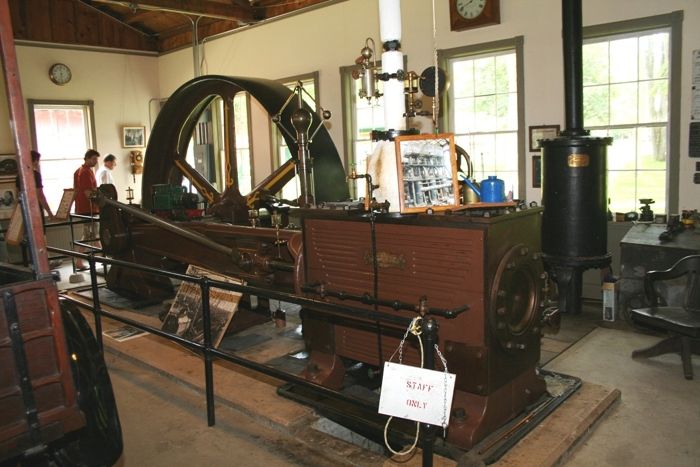
Stationary machines like this one powered industry in the mid 19th and early 20th century. The enormous flywheels keep the machines turning under load. The wheels are so big the museum building was built around them. Many of these machines were scrapped during WWII, but the largest ones were often saved because it was too hard to move them.
In a previous post, I described how the moving company was coming to take a look at my workshop so they could pack it up and move it to a new residence in Connecticut. As you might remember, the move was the result of a new job here at Fine woodworking. Packing and shipping my tools and our other belongings went fine, but settling into a new home has taken a little longer than we thought. As a result, all of our stuff–including my tools are in storage while we find a place.
Without my workshop, I’ve been struggling for ways to satisfy my tool addiction, so when a web search turned up the Connecticut Antique Machinery Association (CAMA) museum in Kent, Ct. I knew I had to go check it out.
When I called Sunday morning to confirm the would be open for an afternoon visit, Jim Daly, a volunteer and former Wall St. stock trader answered the phone. Jim said he’d be greeting us when we got there and would be happy to show us around.
Based on this conversation alone, I could tell this museum was the perfect place for a tool addict to spend an afternoon. The CAMA museum is housed in several buildings, each dedicated to a specific industrial application including mining, large and small stationary engines, agricultural equipment, a locomotive shed, and a well-equipped machine shop. There are a few woodworking machines and a sawmill restoration is in the works.
If you’re ever in the area, this place is definitely worth a visit. I’m planning to go back at the end of September for their annual Fall Festival when the museum hosts dozens of machines and their enthusiastic owners. Most machines will be up and running and the air will be filled with steam, smoke and sounds of work. The Fall festival runs September 25, 26, and 27th. You can learn more at the CAMA Website.

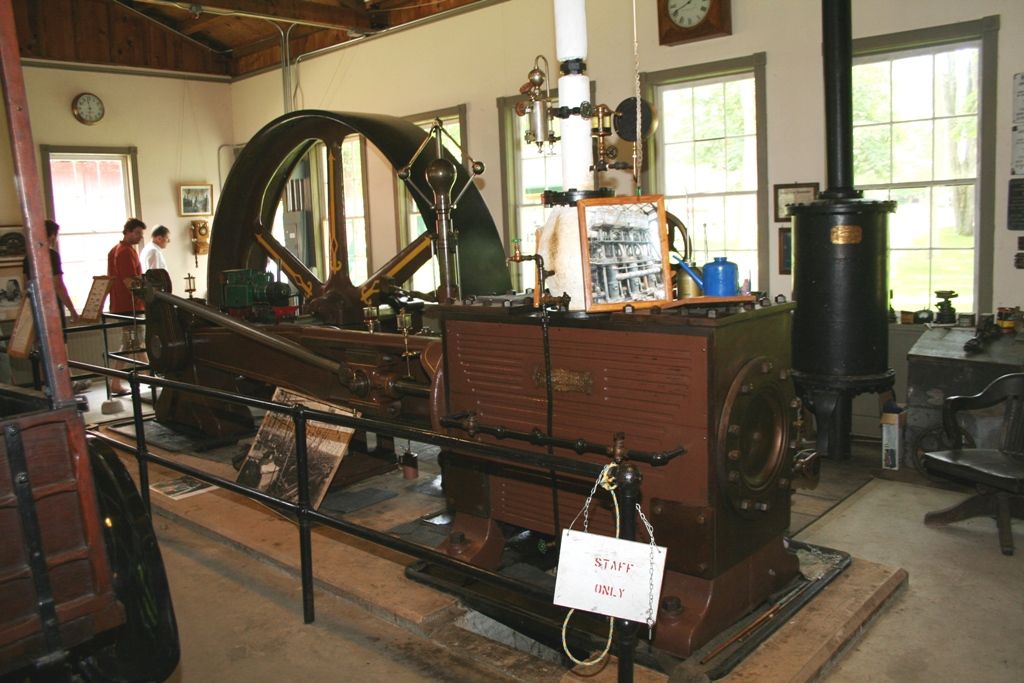
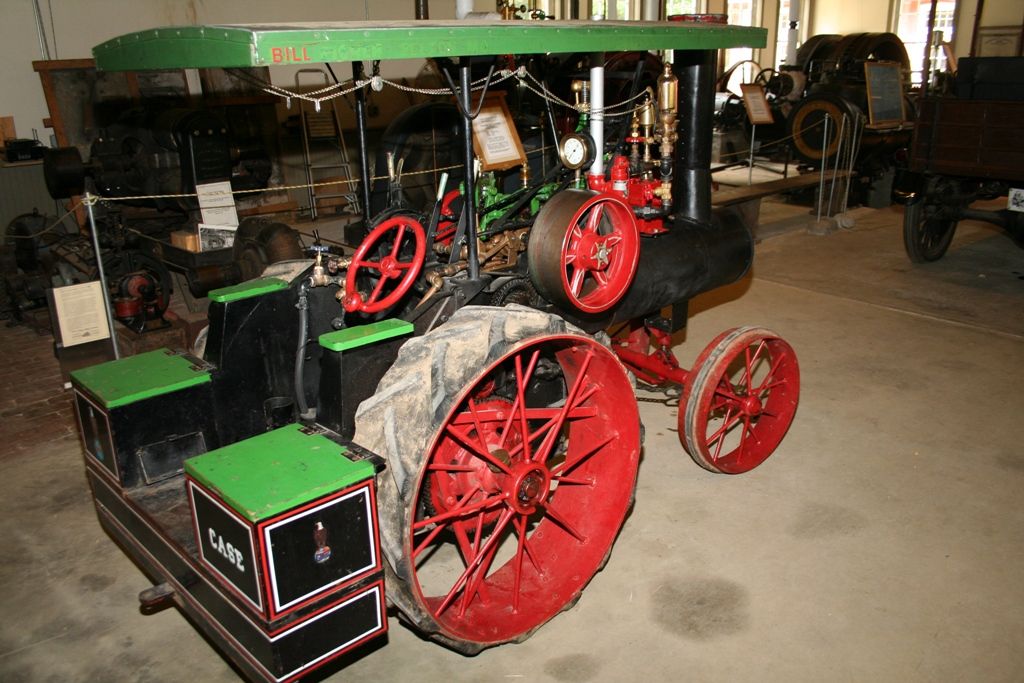
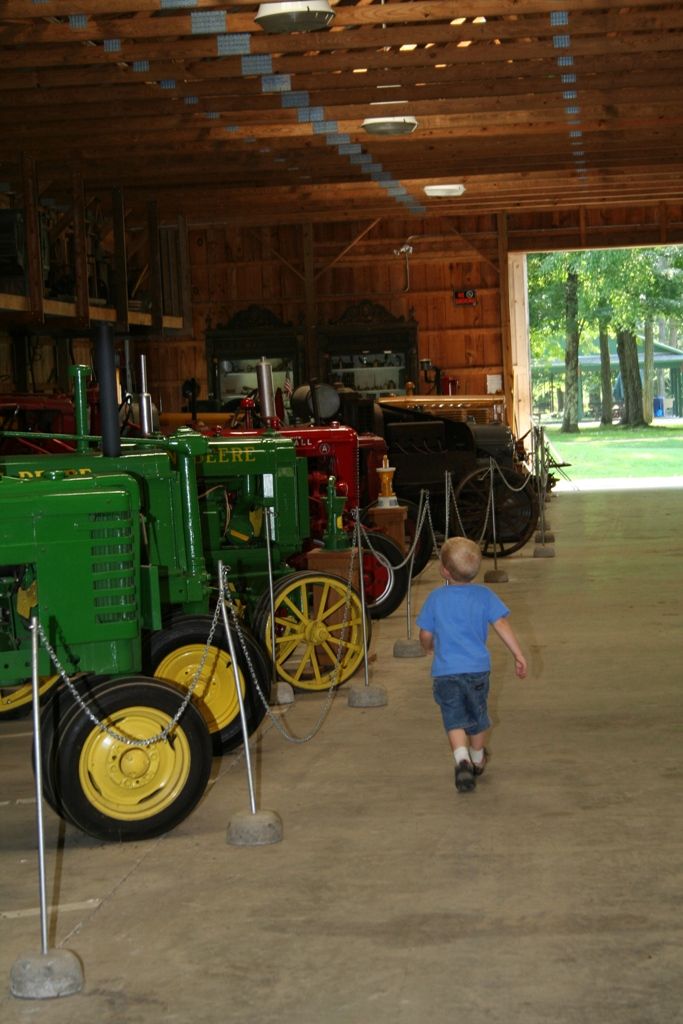
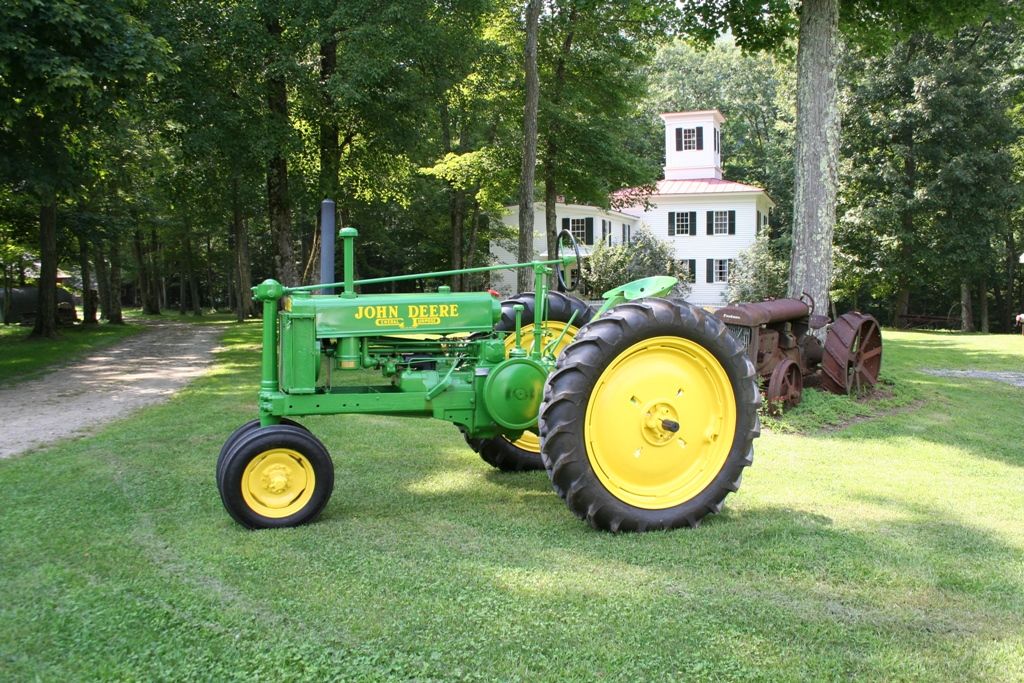
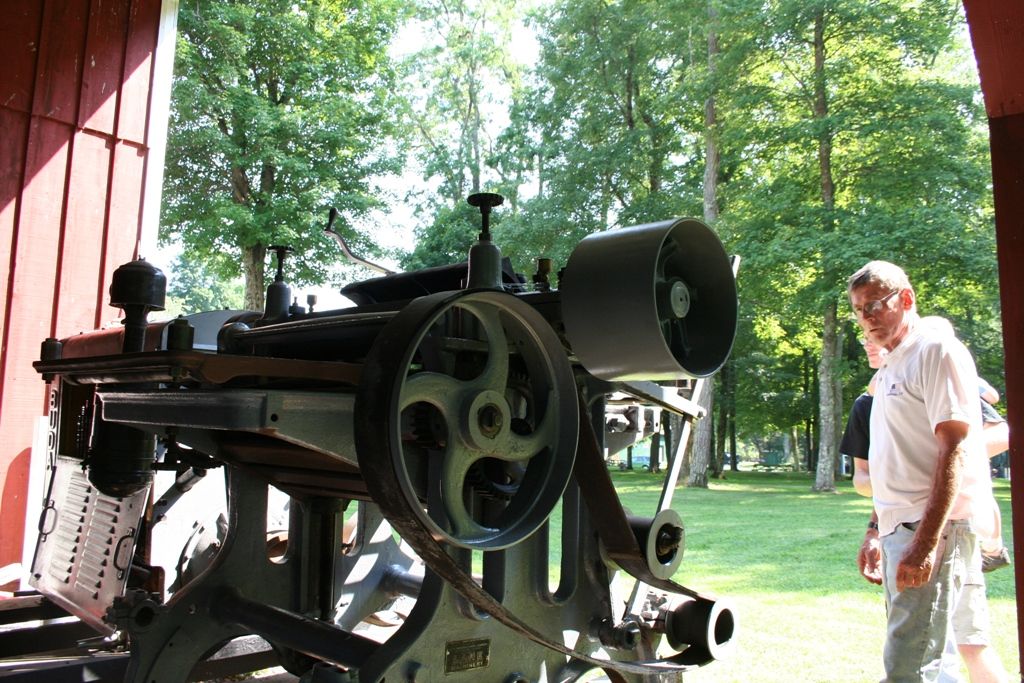



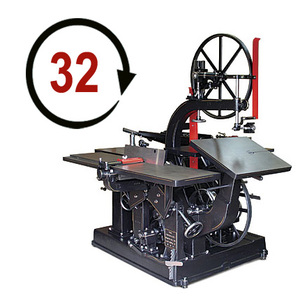












Comments
Also check out The American Precision Museum in Vermont:
http://www.americanprecision.org/
Machinery dating back to the Civil War + a Bridgeport Milling Machine serial #1...and much more
Log in or create an account to post a comment.
Sign up Log in